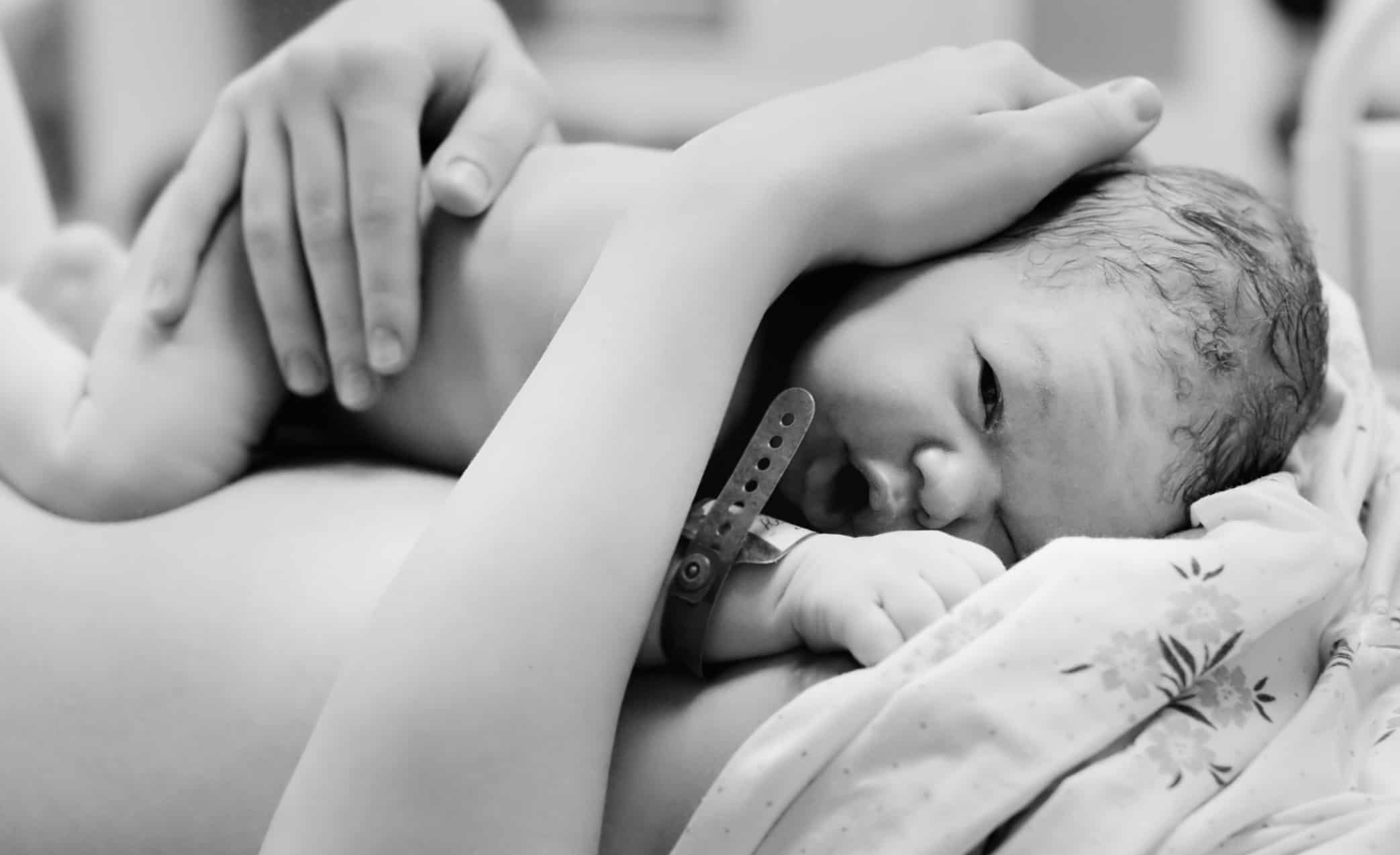Many new moms are excited to deliver their baby into the world, but with that excitement comes insurmountable fear for the unknown. As you gear up your nesting instinct and prepare for the arrival of your little one, you may be having less sleep at night. You might even get worked up thinking about the horrors of childbirth because of scenes you’ve watched in movies.
Those scenes could be close to reality, except, of course, the intense screaming. You’ve talked to all your mommy friends, sisters, your mom and even joined social media groups for first-time mommies to ease your fear of what’s to come. And yet, you’re riddled with many questions, especially for probably the most painful part of pregnancy—contractions.
Chapter Overview
What Are Contractions?
Contractions are the tightening of the uterine muscles where your abdomen becomes stiff and rigid. This is your body’s way of preparing you for childbirth. The pain is best compared to an intense menstrual cramp, which flows like a wave in your midsection. It starts slow, peaks and rises, then gradually decreases.
Not all contractions are a sign of imminent delivery, though. As you near the last stage of your pregnancy, you’d be able to differentiate between real and fake contractions, also called Braxton Hicks contractions.
What Are Braxton Hicks?
Braxton Hicks is also called false or prodromal contraction. It’s your body’s sign of preparing you for delivery but does not indicate that actual labor has begun. Braxton Hicks comes sporadically. It’s not painful and goes away upon rest and drinking fluids. To learn more about this, visit obgynofhampton.com.
What Are The Stages of Contractions?

When you are expecting, it’s nice to know where you stand when it comes to labor and the resulting delivery of your baby. However, contractions vary per individual. Here’s a guide to help you identify the stages of contractions and when they’re likely to occur.
1. Early Stage
The average pregnancy duration is 40 weeks, but if you’re still not getting contractions after so, you may want to induce your labor already.
You’ll go to early or latent labor when you’re about to reach 40 weeks. At this stage, you’ll feel mild contractions that are 15 to 20 minutes apart and may last for 60 to 90 seconds. At this stage, your cervix dilates for up to six centimeters and effaces, which means it gets shorter and thinner and is more ready for delivery.
As your cervix dilates, the contractions get stronger. You may also see some vaginal discharge that could be clear to slightly bloody. This early labor could take a few hours or even days but does not require you to go to a health facility yet.
To weather out your early contractions, you can take a walk, practice breathing and relaxation techniques, drink plenty of fluids, soak in a warm tub, and get your baby bag ready.
2. Active Stage
In the active stage, your cervix dilates from six to eight centimeters. The contractions get more robust, are about three minutes apart, and last for about 45 seconds. Your water bag could also rupture at this stage, and there could be increased bleeding.
This stage lasts for a shorter period of four to eight hours. The active phase is also when you need to be brought to the hospital or birthing center.
While in the active stage, discomfort in your back heightens. You need to change positions often, like getting on your hands and knees, to alleviate this. Your birth attendant may also advise you to keep walking between contractions and regularly empty your bladder.
As the pain becomes unbearable, you’ll need to continue your relaxation and breathing practices. Listening to soothing music and a gentle massage from their partner sometimes help moms in the active stage get a little relaxed and distracted.
3. Transition Phase
This is when it gets real. It will take about 15 to 20 minutes of intense one-minute contractions two to three minutes apart to dilate your cervix from eight to ten centimeters, the ideal length for delivery.
The pressure on your rectum and your backache most likely get worse in this stage. You’ll have a strong urge to push but don’t until your birth attendant tells you so.
Your body’s preparing for your baby’s birth, and your doctor may even perform an episiotomy if needed. This is an incision of your vagina up to your anus to make your vaginal opening larger for childbirth.
4. Delivery
When your cervix is fully dilated for delivery at ten centimeters, you’re now ready to usher your baby into the world. There will still be contractions at this stage that may last for 60 to 90 seconds and are two to five minutes apart. Take deep breaths at this stage and follow your birth attendant’s instructions.
When pushing, it’s best not to hold tension in your face and not try extremely hard to prevent tearing your vaginal tissues. Once the baby’s head comes out, the rest of his tiny body will follow much more effortlessly.
Delivery is the most rewarding stage of pregnancy. When your tiny human is laid on top of your chest after delivery, most moms will feel overwhelming happiness, and somehow all the pain is worth it.
5. Delivery of the Placenta
This is the last stage of your labor contractions, where you may experience a few more minutes of minor contractions. This will also be the stage where your doctor stitches your episiotomy.
After undergoing the intense ordeal, many women get knocked out and fall into a deep slumber, only waking up a few hours after.
Conclusion
Every woman’s pregnancy story is different. Even if you’ve read countless journals and talked to many moms, you’ll still get to say yours is different. No amount of research could prepare you for this natural miracle. So embrace it, and look forward to it. That might be the best way to deal with your pregnancy.

